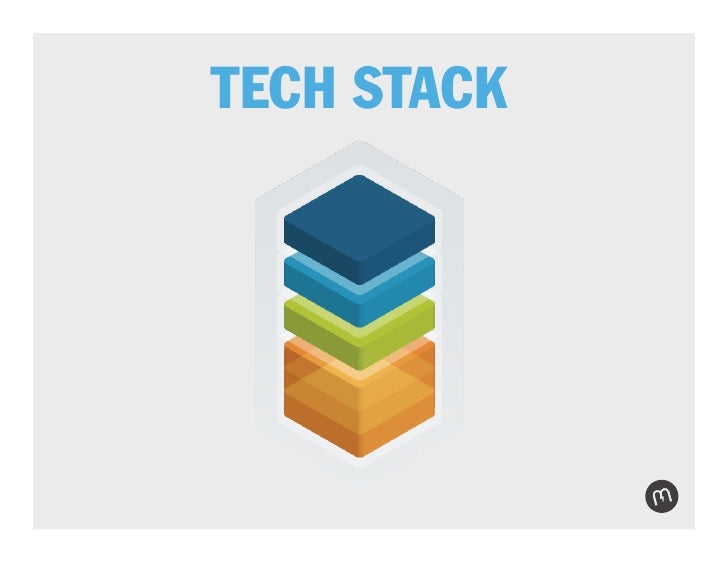

MySQL is scalable and can handle tremendous quantities of data, but its performance and efficiency can suffer when dealing with exceptionally large databases. MySQL: MySQL is a relational database management system (RDBMS) which means that it stores and presents data in tabular form, organized in rows and columns. Apache is modular and can be customized to optimize its performance as needed. It’s fast, secure, and reliable, having been around since 1996. Linux also enjoys a large community of developers and extensive documentation.Īpache: Apache is a cross-platform, open-source HTTP server that can handle large amounts of traffic and data.
#Tech stack windows#
In comparison, Windows is a closed-source platform, so you don’t have as much control over how it works.
#Tech stack free#
It’s an open-source platform that’s popular among developers because it’s free and easily customizable. Linux: The Linux OS forms the foundation of the LAMP stack. LAMP is a classic technology stack that powers several high-traffic websites like Facebook, Wikipedia, and Tumblr.

Choose the one that makes the most financial sense for your product. Compare costs: Some technology stacks will require more expensive hosting or other resources than others.Consider security: How will you protect your web application and user data?.

Think about scalability: As your product grows, how will you accommodate more users without losing quality or control? What do different technology stacks offer as solutions for scaling?.Determine your product’s viability: Create a prototype (aka minimum viable product or MVP) and test it with your target market to see if it has a use.Research your market: Investigate potential competitors, seek out unmet needs as opportunities, and analyze your target audience.Define your needs: What will your product do, and what does it require to fulfill your vision?.What to consider when choosing a tech stack MEVN stack: MongoDB, Express.js, Vue.js, and Node.js.MERN stack: MongoDB, Express.js, ReactJS, and Node.js.MEAN stack: MongoDB, Express.js, AngularJS, and Node.js.MAMP stack: macOS, Apache, MySQL, and PHP/Perl/Python.WAMP stack: Windows, Apache, MySQL, and PHP/Perl/Python.LAMP stack: Linux, Apache, MySQL, and PHP/Perl/Python.There are many different tech stacks that can be used for web development, but in this article, we’ll cover: Similarly, if you want to build a website that needs to be up and running quickly with limited functionality and resources (such as a simple landing page), you would need a tech stack that is lightweight and easy to set up. For example, if you need a high-performance website or web application that can handle a lot of traffic and data, you would need a tech stack with robust back-end support. Multiple technology stacks exist for every development need, and the right stack will depend on your project requirements.
#Tech stack software#
Operating systems (OS): Software that manages the hardware, software, and other applications or resources of a computer.Programming languages: These are used to communicate instructions in a way that is understandable by computers.The data can be retrieved, manipulated, updated, and managed in a variety of different ways. Databases: A database stores and organizes data.Web server/HTTP servers: The HTTP (Hypertext Transfer Protocol) server handles requests such as sending or receiving emails, downloading files, etc.These can help you build a web application without starting from scratch.
#Tech stack code#


 0 kommentar(er)
0 kommentar(er)
